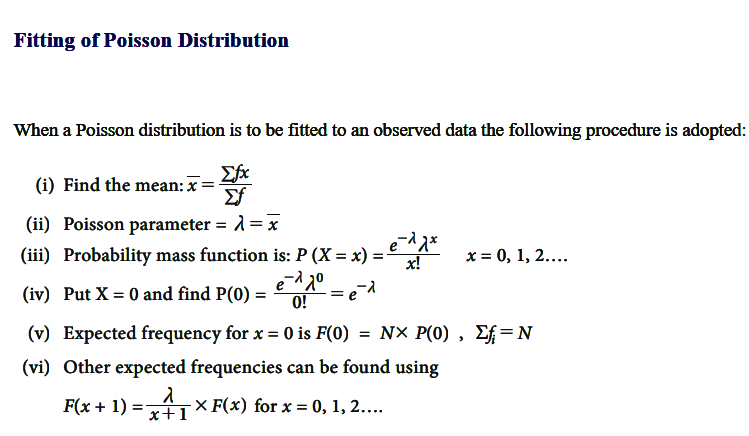Poisson distribution is a probability distribution used to model the number of events occurring within a fixed interval of time, space, or other dimensions, given that these events occur independently and at a constant average rate.
Importance
- Modeling Rare Events: Used to model the probability of rare events, such as accidents, machine failures, or phone call arrivals.
- Applications in Various Fields: Applicable in business, biology, telecommunications, and reliability engineering.
- Simplifies Complex Processes: Helps analyze situations with numerous trials and low probability of success per trial.
- Foundation for Queuing Theory: Forms the basis for queuing models used in service and manufacturing industries.
- Approximation of Binomial Distribution: When the number of trials is large, and the probability of success is small, Poisson distribution approximates the binomial distribution.
Conditions for Poisson Distribution
- Independence: Events must occur independently of each other.
- Constant Rate: The average rate (λ) of occurrence is constant over time or space.
- Non-Simultaneous Events: Two events cannot occur simultaneously within the defined interval.
- Fixed Interval: The observation is within a fixed time, space, or other defined intervals.
Constants
- Mean (λ): Represents the expected number of events in the interval.
- Variance (λ): Equal to the mean, reflecting the distribution’s spread.
- Skewness: The distribution is skewed to the right when λ is small and becomes symmetric as λ increases.
- Probability Mass Function (PMF): P(X = k) = [e^−λ*λ^k] / k!, Where is the number of occurrences, is the base of the natural logarithm, and λ is the mean.
Fitting of Poisson Distribution
When a Poisson distribution is to be fitted to an observed data the following procedure is adopted:

One thought on “Poisson Distribution: Importance Conditions Constants, Fitting of Poisson Distribution”